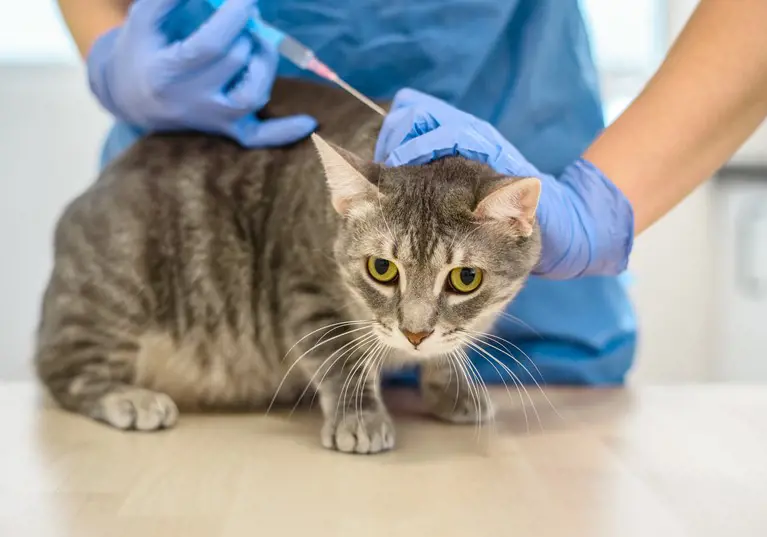Pet Diabetes – Are you able to recognise the signs?
26th October, 2022

November is Pet Diabetes month, which aims to increase awareness and understanding of the condition and also encourages pet parents to get their cat or dog tested if they are considered to be at risk.
The good news is if we can recognise the signs and get our pets checked, with the right treatment they can still live a long and healthy life.
Joii, our vet care partner share details on what pet diabetes is, the main symptoms, risk factors and how to treat it.
What is diabetes?
Diabetes occurs in pets and humans when their body cannot regulate the blood sugar levels well. The important hormone “Insulin” is responsible for the regulation of blood sugar by turning it into usable energy for the body. A lack of insulin in the body, or an inability of the body to respond to insulin, leads to high blood sugar levels, which causes disease. This lack either occurs if the body is not producing enough insulin in the pancreas organ (Type I Diabetes) or if the body isn’t able to react to the insulin appropriately (Type II Diabetes).
Type I diabetes is the most common one in dogs but is relatively rare in cats. It occurs when the parts of the body that produce insulin are damaged. The damage is irreversible and therefore pets suffering from this type of diabetes require life-long insulin injections to stabilise their blood sugar.
Type II diabetes is caused by high blood sugar due to the body tissues not being able to respond properly to insulin, or delayed or reduced release of insulin. In any case this results in a relative lack of insulin. This type of diabetes appears to be the most common type in cats, but can also occur in - especially older obese dogs.
Main symptoms:
- Increased thirst
- Increased urination
- Decreased / increased appetite
- Weight loss
- Cloudy eyes (dogs)
- Recurring skin / urinary infections
Risk factors:
- Obesity
- Genetics
- Autoimmune disease
- Other insulin-resistant disorders, e.g. Pancreatitis
Pancreatitis also has similar risk factors: high fat content in diet, obesity - Certain medications (e.g. steroids).
Balanced nutrition and normal weight are the most important measures to prevent diabetes and pancreatitis.
How to diagnose?
Pets with diabetes typically show a high glucose (sugar) level in their bloods and glucose can be found in their urine as well.
How is it treated?
One of the most important factors to control diabetes is diet. Getting the animal to a healthy weight, and maintaining it, is important in some animals with type II diabetes and can be curative. However, Type I diabetes requires life-long insulin injections, usually twice per day. The initial treatment and regulation of the insulin can be intense and costly and takes some time to get correct, but once the pets medication is well regulated, they can live a long and happy life. It does require for the owners to have a good understanding of the disease, as giving too much or too little insulin can be a serious health risk for those pets. It requires owners to commit to a steady and seamless injection schedule as well as careful consideration of exercise and feeding patterns. There will also be a need for regular check ups with the vet.
If you have any concerns about your pet, why not speak to a vet today via the Joii app,register here. With our partner Joii, you have access to unlimited vet calls and access to the smart symptom checker are all included as part of your policy.
Helpful Pages
Recent Posts
Pet Insurance Quote
- 98% claims paid *
- Claims paid directly to vets
- 24/7 vet video consultations
- Interest free monthly payments




